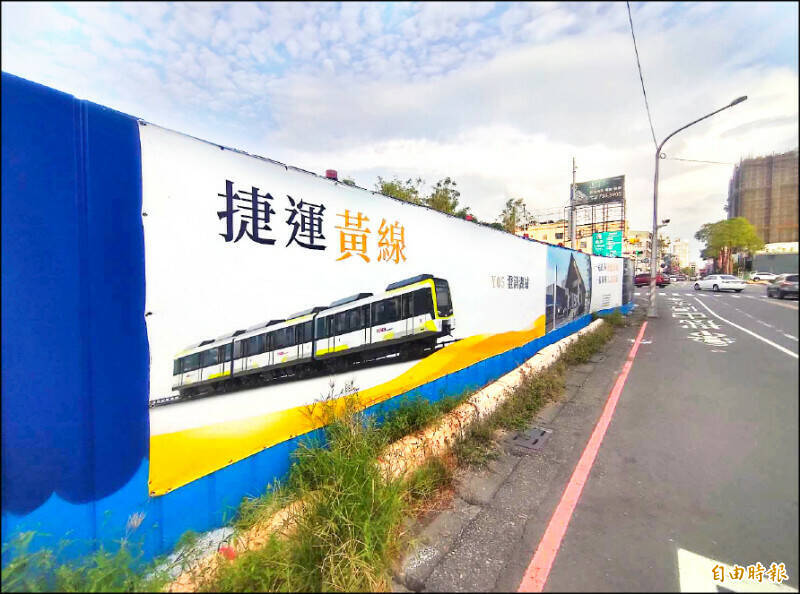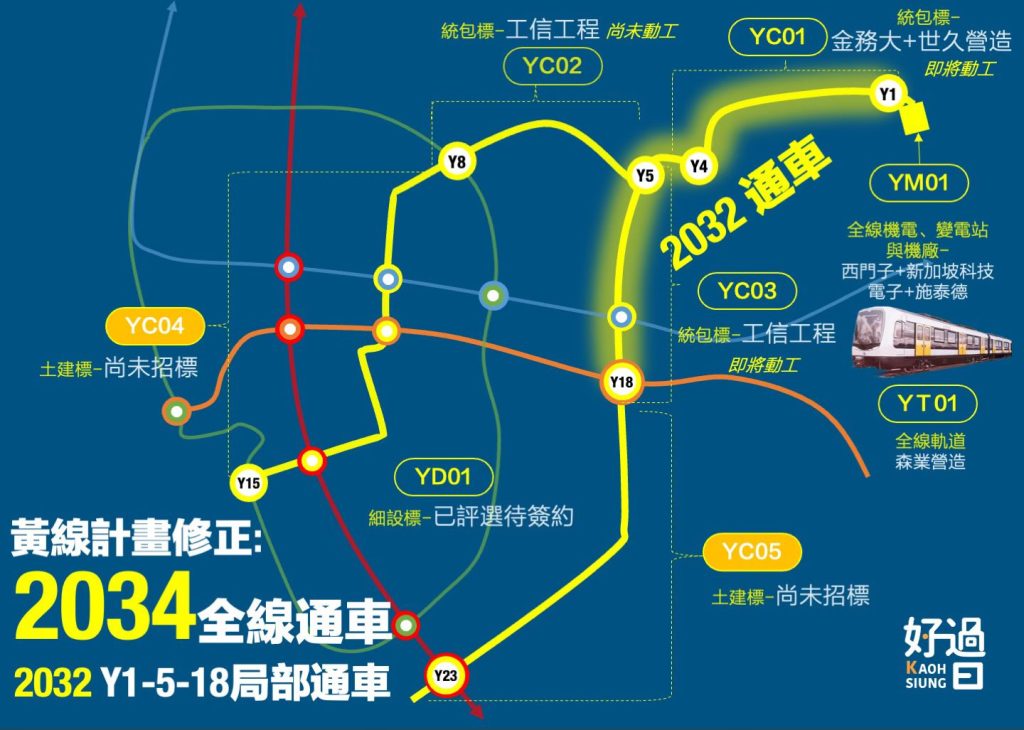By Eryk Michael Smith
Cover image via Taro News.
Kaohsiung’s long-planned MRT Yellow Line (黃線) continues to move through its construction and planning phases, with portions of the route area now under staged works and additional station-area development planning underway. According to Taro News, “the Kaohsiung City Government says the full line will open in 2034. The partial opening of sections Y1 to Y5 and Y5 to Y18 (from the depot area to the Weiwuying district) could occur in 2032.“

The Yellow Line is planned as a 22.9-kilometer corridor with 23 stations, largely underground, connecting the city districts of Niaosong (鳥松), Sanmin (三民), Xinxing (新興), Lingya (苓雅), Qianzhen (前鎮), and Fengshan (鳳山). City officials have promoted the project as a cross-city connective trunk, designed to tie together the existing Red and Orange MRT lines, the Circular Light Rail, and Taiwan Railways stations. The proposed layout resembles a Y-shaped central spine, intended to allow smoother transfers between districts that currently rely heavily on road traffic.
Although the line has been in planning and land-coordination stages for more than a decade, on-the-ground construction has been gradually increasing. Sections of road along the planned corridor have recently shifted to partial lane closures and “half-and-half” construction methods designed to maintain traffic while excavation and utilities relocation proceed. The city has stated that minimizing disruption to shops and neighborhoods is a priority, though businesses along certain corridors have expressed concerns about noise and access during longer construction phases.
The project has also drawn attention in the real estate market. Some station-area zones—particularly in central Fengshan and around Chengcing (Chengqing) Lake (澄清湖)—have reportedly seen increased buying interest, with developers citing expected future accessibility. Urban planning reports indicate that several stations may be paired with Transit-Oriented Development (TOD) projects, which could bring mixed-use buildings, commercial space, and residential towers directly connected to station exits. However, those development proposals still require separate evaluation and approvals.

As for the timeline, recent commentary from both municipal and media sources suggests that full operation remains close to a decade away, with partial openings possibly occurring earlier, depending on construction progress and central government funding schedules. In 2024, officials moved the completion date from 2032 to 2034. Original plans called for it to be ready by 2028. The latest available information indicates the city is not committing to a public service launch date, with reports emphasizing that engineering safety and phased completion will determine the final rollout.
Once operational, the Yellow Line has the potential to reduce pressure on major east–west arterials and offer more direct transit access to universities, residential zones, and commercial districts. The project is also being positioned as part of Kaohsiung’s broader “30-minute life circle” strategy—a long-term effort to reduce commute times and expand city center economic activity.
Sources:



